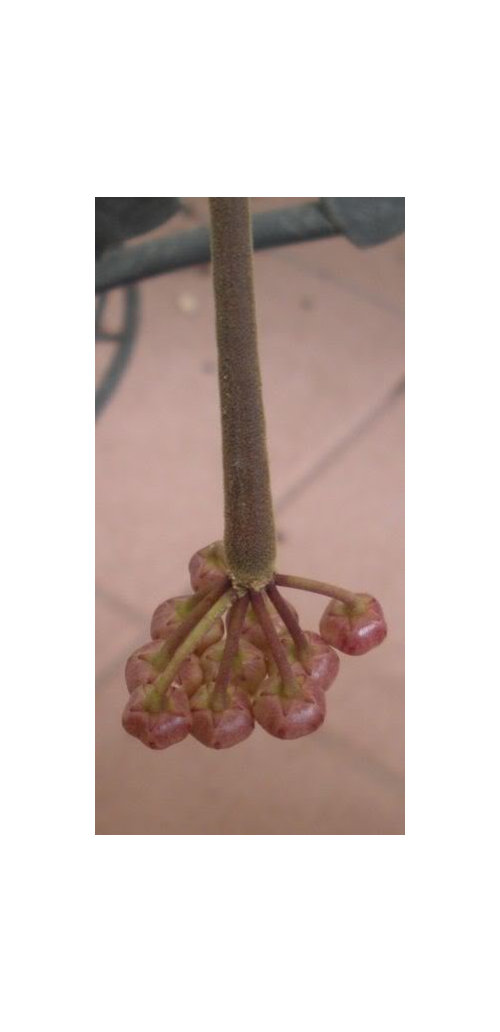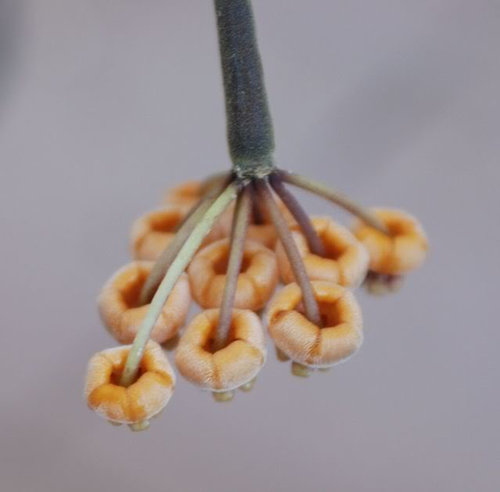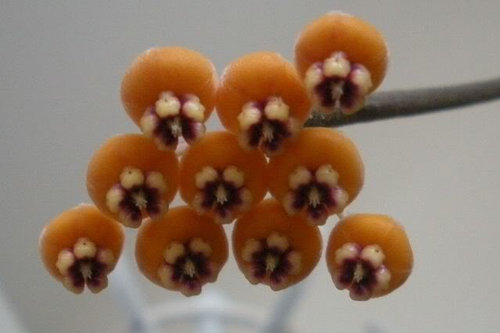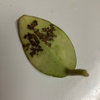Hoya waymaniae
puglvr1
12 years ago
More Discussions
My H. waymaniae bloomed for the very first time yesterday and wanted to share some pictures with you...this hoya has the longest peduncle I've ever seen! The flower is not very large.




Thanks for looking

geosdee
gennykins
Related Professionals
Maple Valley Landscape Architects & Landscape Designers · Camas Landscape Architects & Landscape Designers · Maple Heights Landscape Architects & Landscape Designers · Pelham Landscape Contractors · Barrington Landscape Contractors · Bedford Heights Landscape Contractors · Berkley Landscape Contractors · Fort Hunt Landscape Contractors · Fort Mill Landscape Contractors · New Braunfels Landscape Contractors · New Providence Landscape Contractors · Ridgewood Landscape Contractors · Secaucus Landscape Contractors · Soddy Daisy Landscape Contractors · South Portland Landscape Contractorsdmichael619
kukka
puglvr1Original Author
Denise
mdahms1979
ima_digger
greedygh0st
puglvr1Original Author
RainforestGuy
okie_deb
puglvr1Original Author
RainforestGuy
mdahms1979
RainforestGuy
puglvr1Original Author
RainforestGuy
puglvr1Original Author
RainforestGuy
mdahms1979
greedygh0st
RainforestGuy